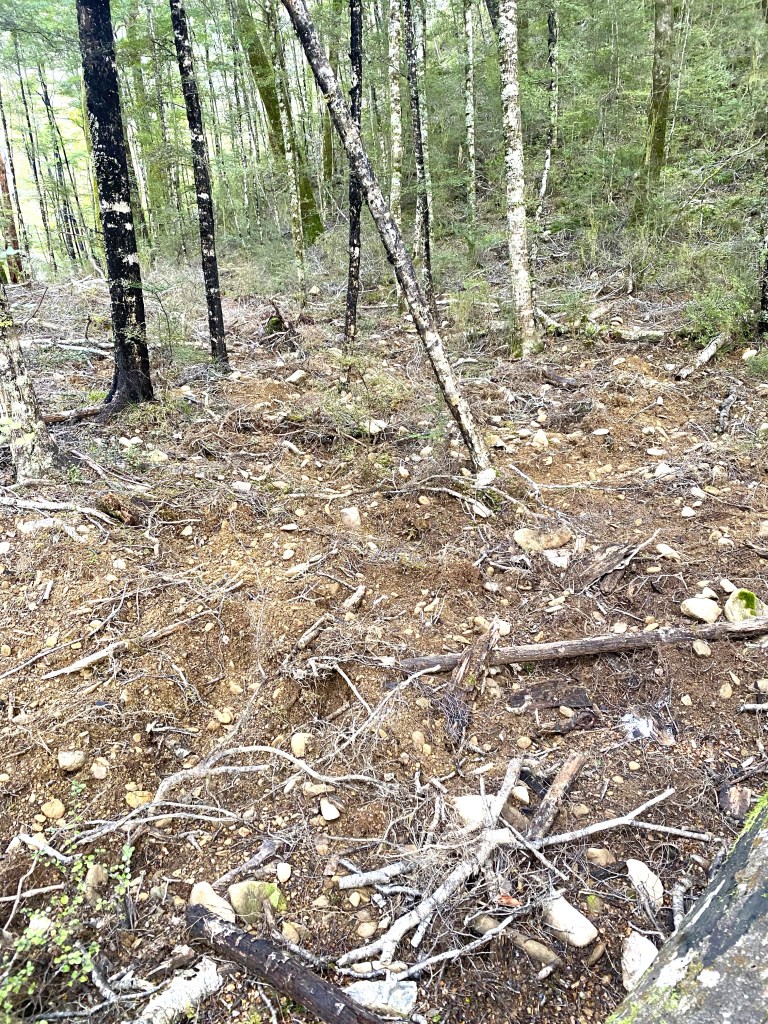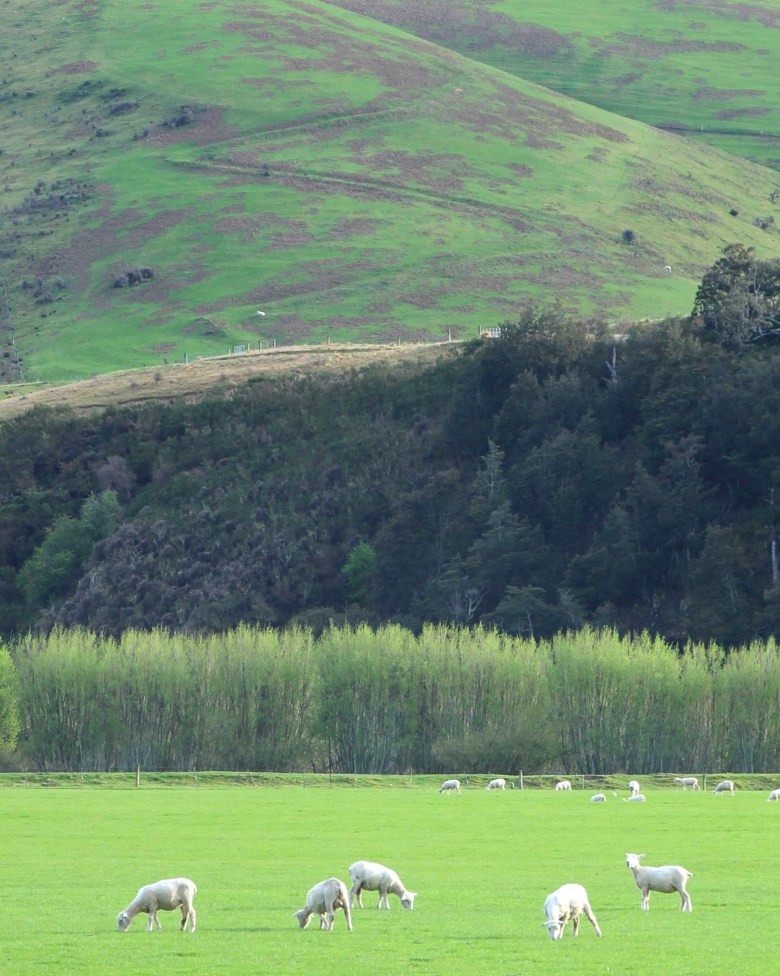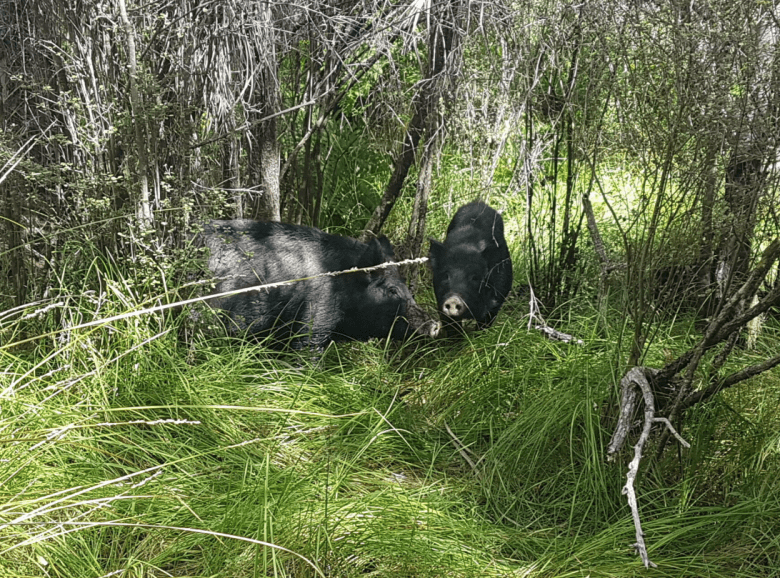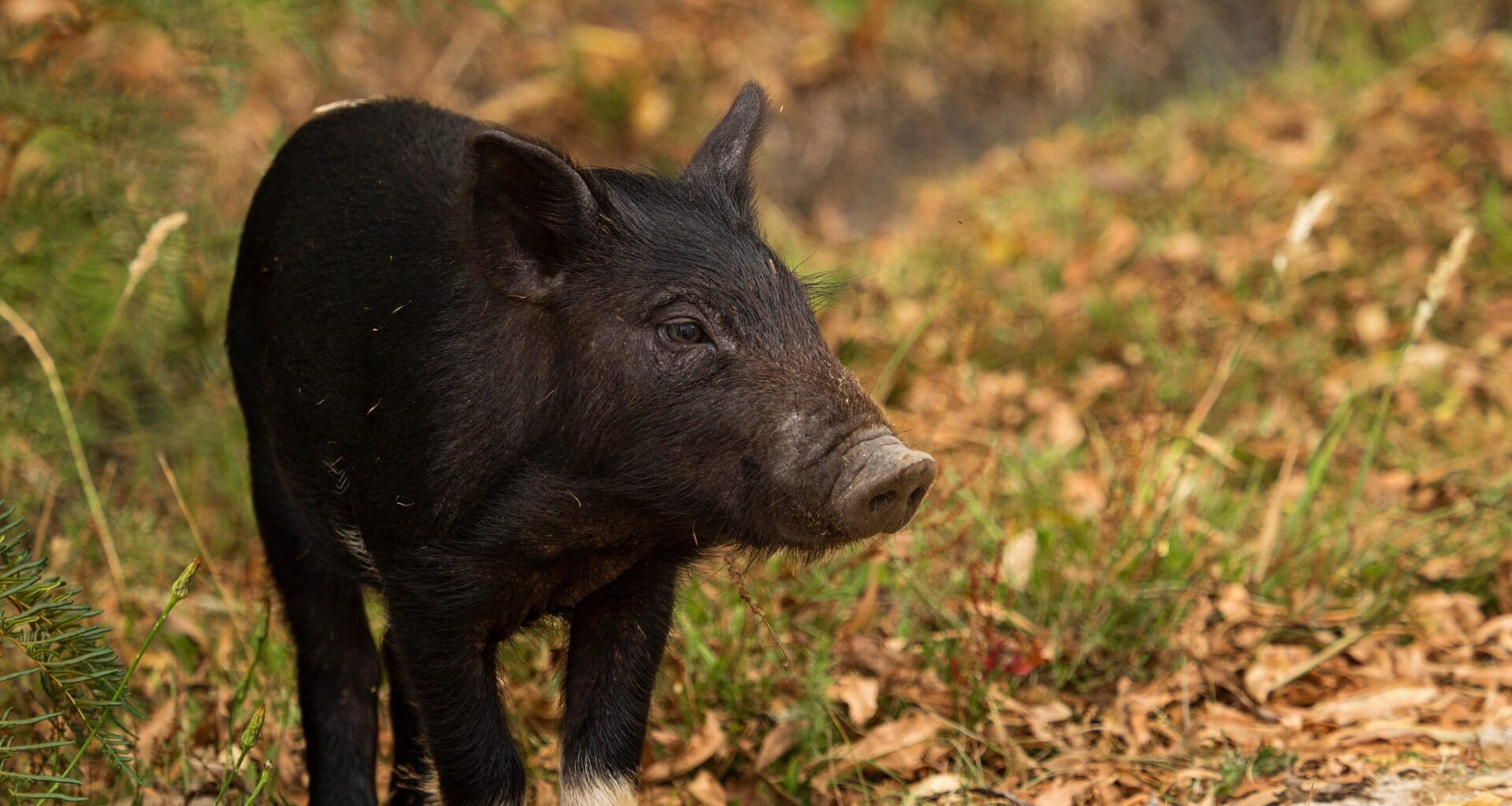The aftermath of escalating pest damage across the South Island is likely to be “horrifying” if urgent action isn’t taken, according to veteran ecologist, professor David Norton.
Permanent loss of native forest, pasture and high country landscapes is now a reality and Norton says the clock is ticking on saving some of it. None of the problem species are new but over recent years, various factors have aligned to allow many to gain an upper hand.
Deer and pigs are currently the worst culprits, most parties agree, although neither are officially classified as pests. Hard on their heels in terms of damage to flora and fauna are goats, possums, mustelids, feral cats, rats, rabbits, wallabies, hares and hedgehogs. Adding to both the angst and the damage are pine trees – both wilding and planted.
“My concern is that we are doing all this marvellous work with the birdlife – groups like Southern Lakes Sanctuary – but if we’re losing the food sources and other resources those birds depend on … when those big old trees finally die and there’s no forest understory, then what’s going to be there for the birds.”
While Norton is encouraged that early conversations have begun about bringing everyone together on the issue, he fears it might be too late for some severely damaged native forest areas.
“I think the worst I’ve seen recently was in the Richmond Ranges, near Nelson, in dry forest. I think what we were seeing was deer and goat browse, then pigs coming through underneath. The deer and the goats are taking out the understory, the coprosmas and other smaller plants, making it easier for the pigs; they get their bloody snouts in and turn it all over.”
All that remained was bare stony ground and stripped trees. In Otago and Southland, on private and public land, similar damage has been seen where large patches of forest have become empty cave-like places with dirt floors, bare trunks and vegetation only remaining on the canopy where browsers can’t reach it. In other places a blanket of crown fern or prickly shield fern – not favoured by deer – covers the forest floor and no other plant species grow.
From here, Norton says, regeneration of palatable species back into these forests is near impossible with animals still present.
 Beech forest damage from pig rooting combined with feral deer and goat browse, in the Richmond Ranges near Nelson during September. Photo: David Norton
Beech forest damage from pig rooting combined with feral deer and goat browse, in the Richmond Ranges near Nelson during September. Photo: David Norton
“The other big concern is these animals could be compromising the role of our forests in regulating sediment run-off and water loss – all of those downstream effects. Then you throw climate change on top of it again and it scares the hell out of me.”
Norton, who retired from the University of Canterbury three years ago, specialises in biodiversity conservation on working farms. He says the ungulate problem is also impacting farmers across the south with mobs of deer munching their way through winter crops and pigs digging up pasture and killing lambs. Some of the animals were finding former farmland converted to pine forest a convenient home.
He also works with charitable group, Pure Advantage, which aims to reinstate and protect native forest across the country. The group says nurturing New Zealand’s native forest is essential for climate resilience and a better solution for off-setting carbon emissions.
In the first of a series on the south’s pest issues, Newsroom looks at feral pigs – the tough little ruffians of the problem-species world, who are threatening national parks and generally wreaking havoc on farms and public conservation land.
Introduced by European settlers in the late 1700s, Captain Cookers and Kune Kunes quickly spread across the country, according to the Government’s pest resource, Bionet.
Today’s feral pigs are the ultimate omnivores with a particular liking for bracken fern, dead possums and earthworms. They will also happily eat all sorts of vegetation, rodents, bird eggs, snails, fungi and newborn lambs. Built like front-row props, they use their snouts like trowels to root up the ground searching for food.
 Damage from pig rooting in grassland at Timaru Creek on Dingleburn Station near Hawea during October. Photo: David Norton
Damage from pig rooting in grassland at Timaru Creek on Dingleburn Station near Hawea during October. Photo: David Norton
Feral pigs belong to no one and love to roam. Respecting boundaries just isn’t in their wheelhouse and fences, legal zonings and high, snowy saddles are no barrier to their wandering ways. Now present in most rural areas across the entire South Island, they are continuing to extend their territories. They can even be found at altitude digging up tough alpine plants like speargrass, to get at their fleshy roots.
In the Wakatipu Basin, pigs are boldly going where no pig has gone before, such as the Greenstone Valley, the area’s operations manager for the Department of Conservation, David Butt, says.
“We’re seeing a lot more pigs in certain areas. It’s definitely a concern for us.”
Due to budget constraints and the overall vulnerable and degraded condition of the conservation state, the department can only focus on “high-value” and most-at-risk areas. Protecting species on the brink of extinction and holding the line on keeping feral goats out of the national parks are priorities. With the increase in pig damage, however, the animals were also now on the radar.
“We are starting to turn our minds to pigs as well. We are shooting them when we’re doing that aerial control [on goats] but we are going to have to look at other control methods for pigs in certain areas to stop them getting into national parks.”
He said in Otago and Southland where rare plants were present pigs would “basically rip through them”.
 The brown patches on this hillside in Northern Southland are bare dirt where feral pigs have been rooting up paddocks in search of food. Photo: Jill Herron
The brown patches on this hillside in Northern Southland are bare dirt where feral pigs have been rooting up paddocks in search of food. Photo: Jill Herron
Pig rooting also destroys pasture, encouraging weed growth and sediment run-off during storms. Feral pigs have poor eyesight but are canny creatures and have acute hearing and smell.
They can sniff out a newborn lamb from a great distance and will sometimes barge through fences into the same paddock every few days to grab a fresh one during lambing season.
Traditionally across the South Island, hunters have kept pig populations in check. Access, however, is often a sensitive topic with some owners reluctant to let them onto their property. Some fear gates being left open, stock disturbed or pig dogs misplaced and left behind.
Technology around detecting pigs using drones is leaping ahead but with the animals now so numerous and widespread it’s now a scramble to keep on top of them.
In West Otago near Tapanui, Gavin Marshall says feral pigs were a “massive” issue on his mixed farm and had taken up to 25 percent of his single lambs in recent years.
“We got one this year that over five days, was taking about six lambs a night. We actually moved the sheep and it moved to another paddock. We got it on thermal imaging at night, sat up on a ridge and watched it come out. It just scooped the lambs up and sucked the guts out of them. They were just asleep sitting in beside their mothers. We did shoot it.”
Marshall says the pigs lived in neighbouring forestry blocks which provided them with good cover. The larger ones were often too clever for hunters and would do a high-speed runner while their dogs were busy catching the slower, smaller pigs behind them. They only came out after dark, and in the mornings all that remained of each lamb – up to five days old – would be its skin, skeleton and skull bones.
Electric fencing to keep pigs out would be trialled, Marshall says, and he was already opening the farm to hunters as much as possible.
“It’s pretty heartbreaking when you run them down to tailing and there’s just so many ewes coming in without lamb.”
Over in Southland in the Hokonui Hills area, Nick Wadworth says feral pigs rooted up native plantings and pasture on his and wife Alexis’ 2000ha property, only 800ha of which was in grass. Pig traps were set up to monitor the pests who tended to come and go, and around 170 were shot or trapped each year. Fixing damaged paddocks cost about $400 per hectare, on top of the loss of worms in the soil and grass meant for stock.
“You could just leave it but thistles soak up areas of bare dirt pretty quick. It ends up being all thistly, that happens quite a bit on our farm which is annoying but there you go.”
He says the animals had the potential to root up 80 percent of a paddock if the conditions were right.
“A big thing is they have the potential to carry tuberculosis. Once that’s in the pig population it could spread through the district pretty quickly.”
Lamb losses were not occurring on the sheep and beef property, possibly because many of the pigs were living in native bush where food was fairly abundant. Wadworth believed feral pigs breeding in exotic forestry blocks tended to develop more of a taste for lambs.
There is little monitoring of pig numbers aside from localised studies done by groups such as the Makarewa Headwaters Catchment Group, west of Gore where the Wadworth farm lies. The group’s research found numbers were getting progressively worse with around 3000 pigs and 7000 deer present in native forest and farmland on a surveyed area of 32,000ha. At the time of the survey around 1000 pigs were already being culled annually.
 Feral pigs wreak havoc on all types of environments. Photo: Jack Manson
Feral pigs wreak havoc on all types of environments. Photo: Jack Manson
Some forest areas were so denuded they will take decades to recover and others were “at a tipping point” as to whether they would recover at all.
The issue was a passionate one with people holding differing opinions on what should be done, the group’s co-chairs, Mark Thomson and Alexis Wadworth, recently told catchment group overseers, Thriving Southland. Those affected by and aware of the severity of the issue could not, however, “shy away from it”, Thomson says.
“Generally, you do find the middle ground in the end, but the crux of the matter is we are here now, we are the current custodians of this land and I, for one, wouldn’t like to be held responsible, if this issue just slips by without anything being done about it.”
Norton also acknowledges there is a social aspect to the issue including the fact the animals provide meat for protein.
“Feral ungulates are also a valued recreational resource and a small but important part of our tourism sector.”
He says the defunding of the Department of Conservation was one factor that had contributed to rising ungulate numbers. Reduced commercial hunting due to market forces, the Covid lockdowns, changing public perceptions of hunting as a sport, and the massive increase in monocultures of exotic trees across rural New Zealand were also contributing factors.
“Finally, the simple mathematics of population expansion plays a key role. Populations of feral ungulates all increase at an exponential rate if left unchecked, and we are now getting into the phase of extremely rapid expansion.
“There has to be a way forward,” Norton says. “We have created this mess, and we have to do something about it.”

